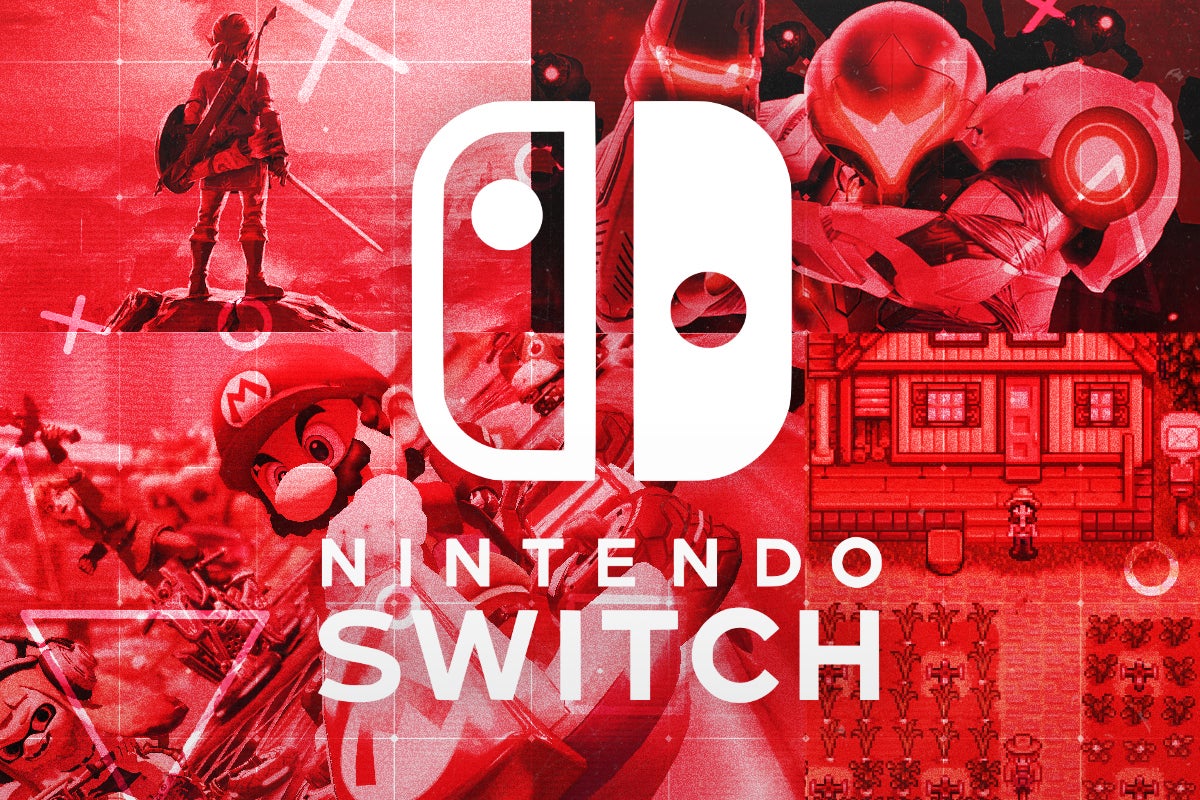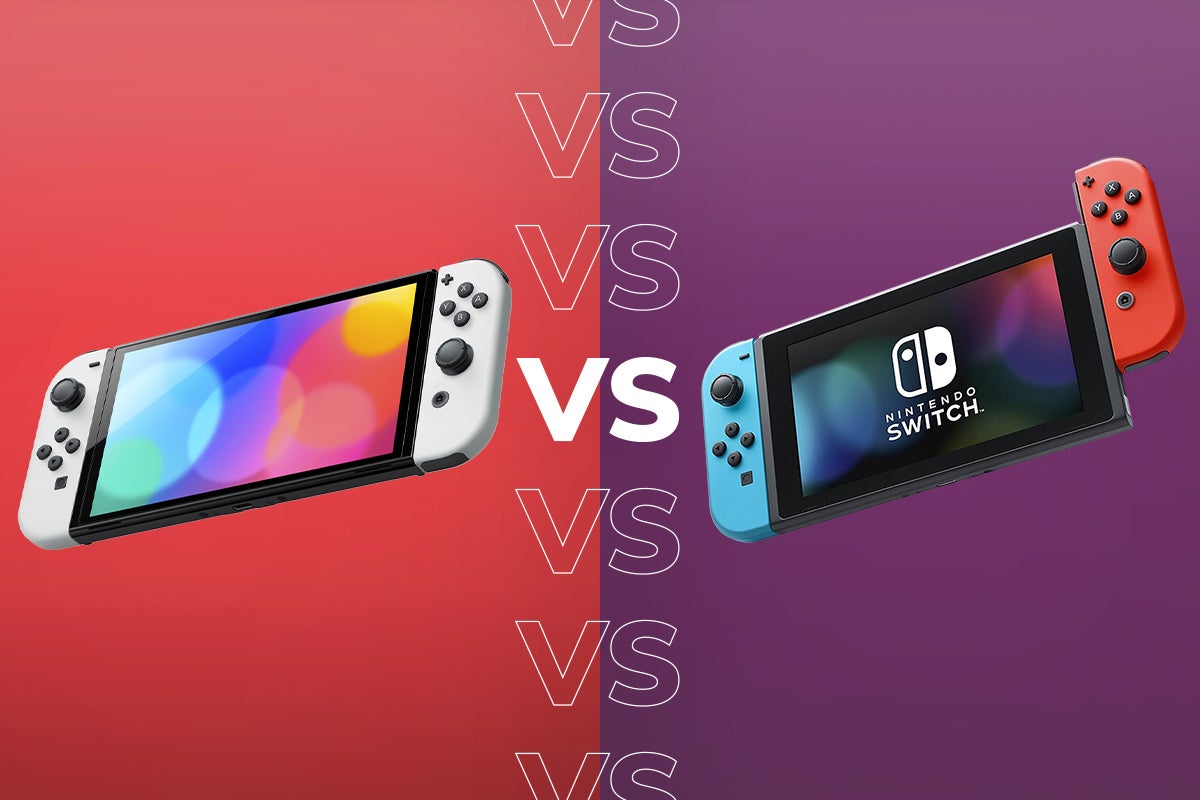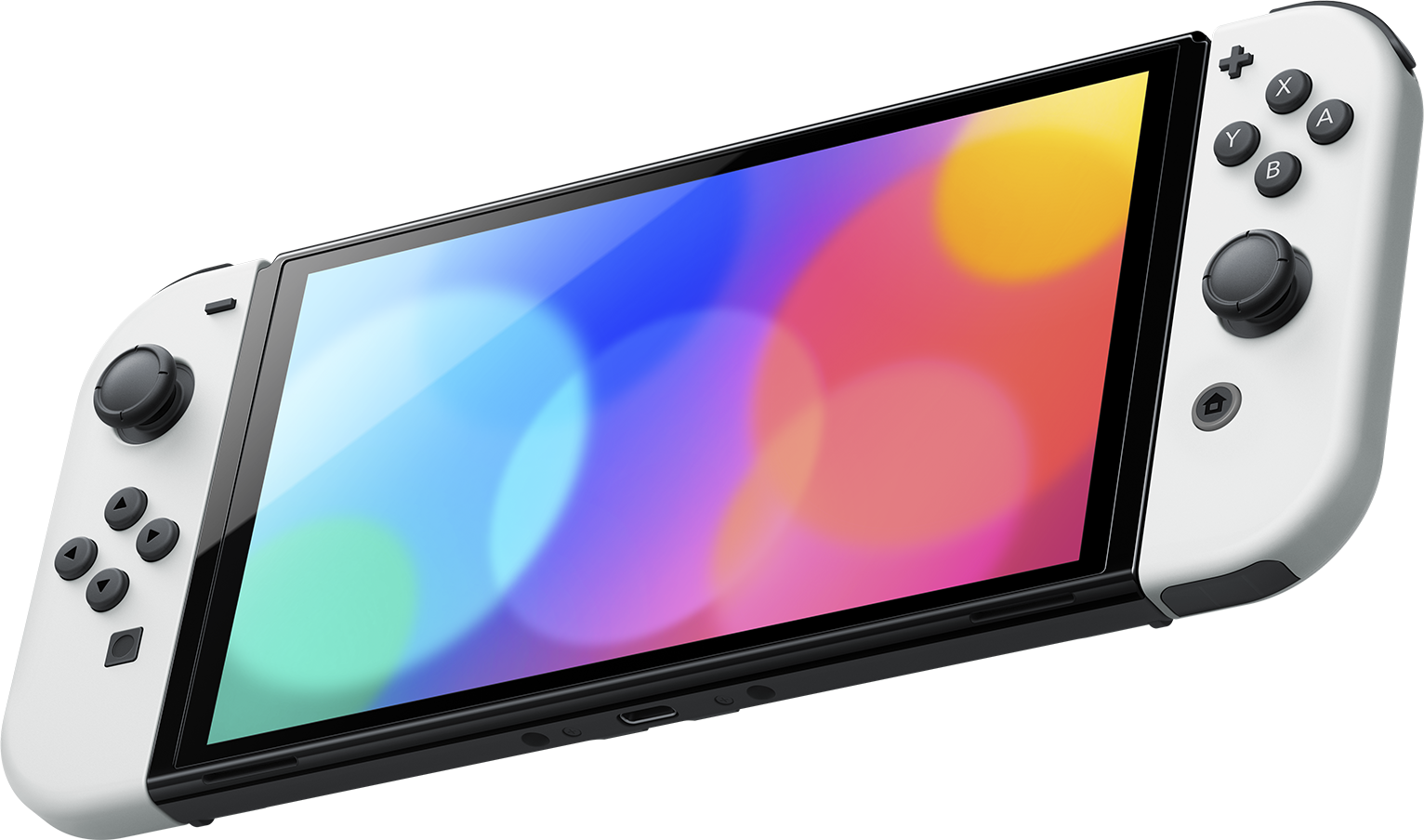Nintendo Switch OLED vs Nintendo Switch Lite: What’s the difference?
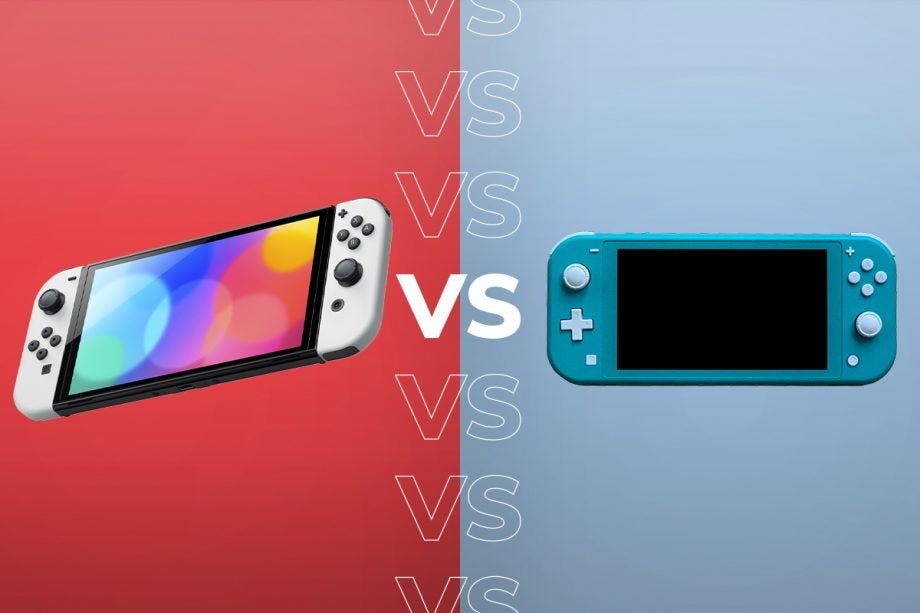
The reveal of the Nintendo Switch OLED now means Nintendo is offering three different consoles. But which should you buy when faced with the Nintendo Switch OLED vs Nintendo Switch Lite dilemma?
We’ve rounded up all of the major differences between the two Nintendo Switch consoles so you know which is the perfect option for you.
So without further ado, here are the key differences between the Switch OLED and the Switch Lite.
Editor’s Note: This is an early comparison, based on the two consoles specs. We’ll update this vs with further details about how the two compare with real world use once we’ve gotten the Switch OLED in for review, so make sure to bookmark it and check back to find out our final verdict.
[videoai keywords=”different,nintendo,switch,oled” iab_category=”IAB19″]
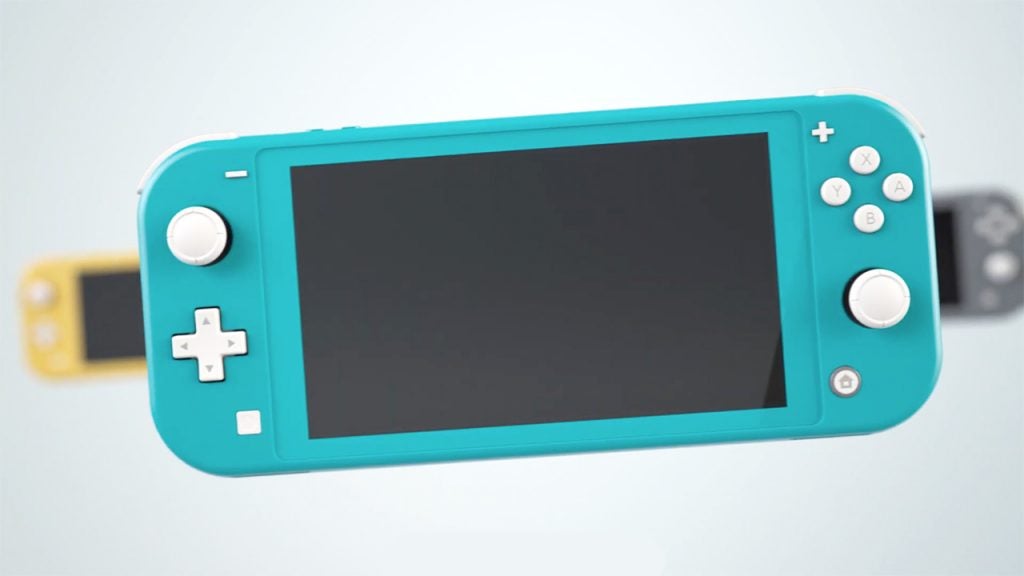
A big price difference
The Nintendo Switch OLED Model will cost $350 over in America. In the UK, the pricing is set by the retailers themselves but expect it cost around £350.
The Switch Lite currently retails for £199/$199.99, and so is a whopping $150 cheaper than the new OLED version. That’s a big difference, so the Switch Lite is the ideal option if you’re on a very strict budget.
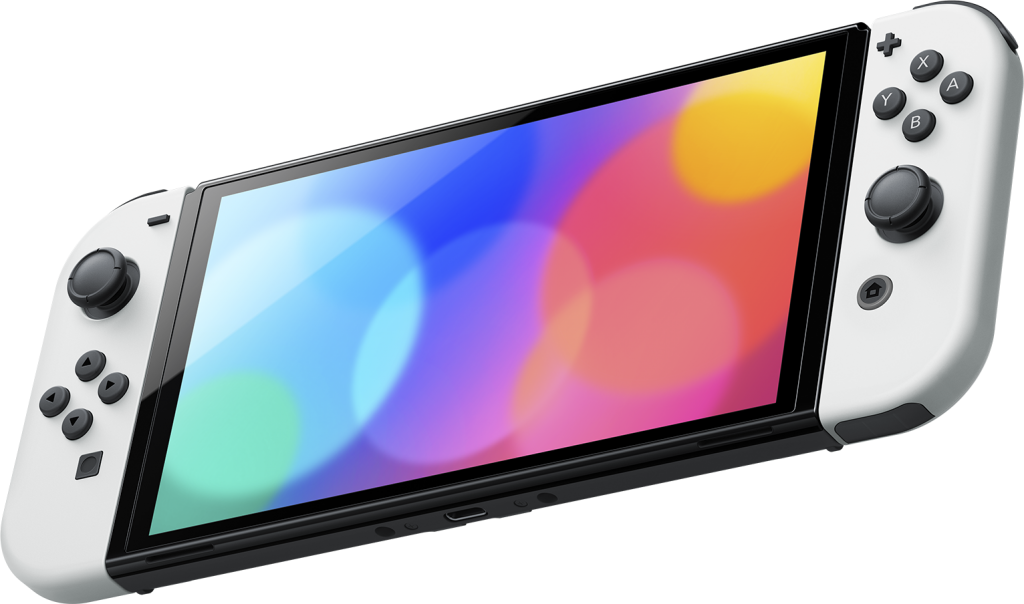
A bigger OLED screen
As its name heavily implies, the Nintendo Switch OLED features a 7-inch OLED panel. If you’re not familiar with OLED technology, it essentially offers superior contrast to standard LCD panels, making colours more punchy and dark environments more detailed. It makes a surprisingly big impact to the picture, and is the reason why most TVs have adopted it.
The Switch Lite only has a 5.5-inch LCD screen, making it 1.5 inches smaller. If you want the biggest screen possible for the Switch, then the new OLED model is your best bet.
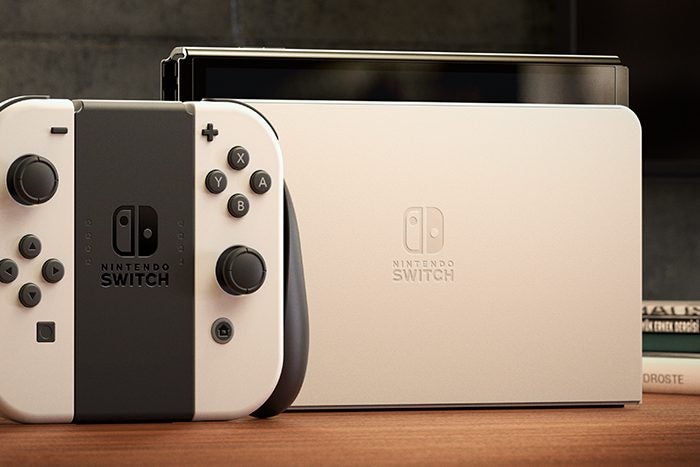
TV Mode support with dock
The Nintendo Switch Lite is a great little device, but its biggest shortcoming is undoubtedly the lack of support for TV Mode, as it can’t be connected to a dock. While that’s not an issue for those who always use it as a portable, it does make it difficult for multiplayer sessions.
The Switch OLED supports TV mode via the bundled dock, but it hasn’t got any upgrades for such use (aside from expanded storage and a LAN port) when compared to the vanilla Switch. But if playing in TV mode is a priority, then you should stay clear of the Switch Lite.
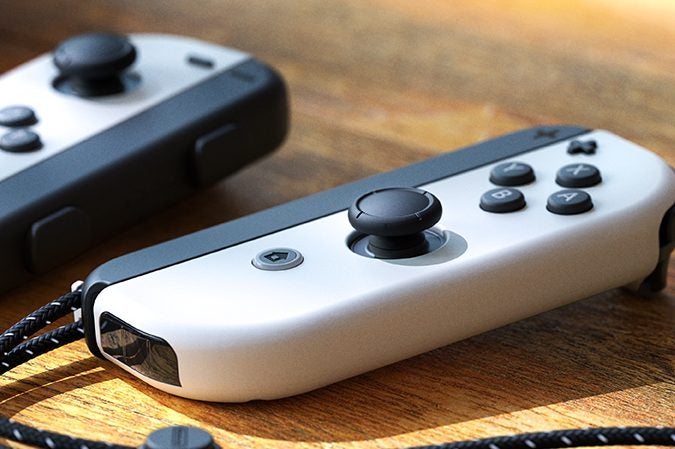
Bundled Joy-Cons
The Switch OLED comes with two Joy-Cons, which are the same (besides the white paint job) as the ones found with the standard Switch. This means you’ll be able to use the Switch OLED for games that are best played with motion controls.
The Switch Lite does not come with detachable Joy-Cons, as they’re built into the handheld console instead. You still get motion control support built into the Switch Lite, but it’s not as intuitive or accurate as having the tech packed into detachable controllers.
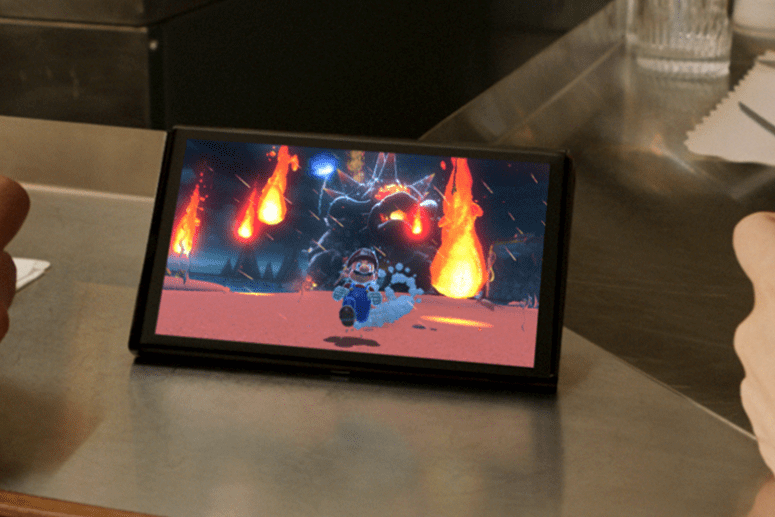
A longer battery life
Despite the major price difference, the Switch OLED and Switch Lite offer an identical performance as both use the Nvidia Custom Tegra processor.
However, there is still a difference to the battery life as the Switch OLED has been able to pack in a larger 4310mAh with Nintendo claiming an approximate 4.5 – 9 hour battery life, depending on the game.
The Switch Lite is restricted to 3570mAh battery, and so only has a reported battery life of around 3 to 7 hours.


